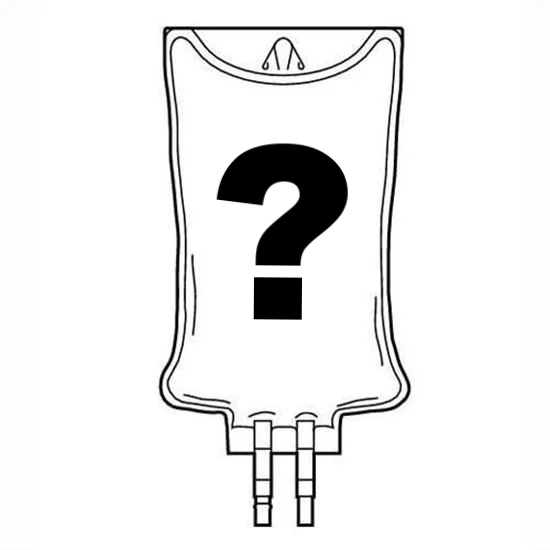Ultrasound of the Month - Not all veggies are good for your health
/We're back with some more exciting and beautiful echocardiogram images this month! This case and images are courtesy of Dr. Sarah Bunting, a rising ultrasound star within our program. Here she has obtained some uncommon images of an unfortunately more and more prevalent disease process. So grab your warm holiday drink of choice and enjoy our ultrasound of the month.
Read More















